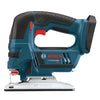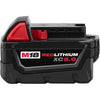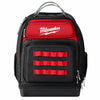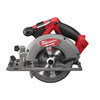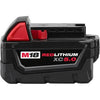How to Safely Handle Your Milwaukee Sawzall: A Step-by-Step Guide to Prevent Accidents
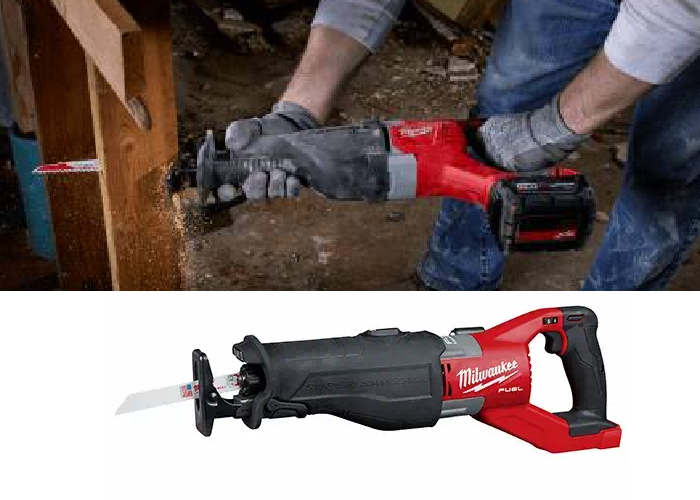
The Milwaukee Sawzall stands as a powerful tool in the hands of DIY enthusiasts and professionals alike. However, unlocking its potential requires not just skill but a keen understanding of safety measures. Let’s uncover crucial steps on how to safely handle your Milwaukee Sawzall, ensuring both efficiency and well-being.
Understanding the Basics:
Before diving into operation, familiarize yourself with the Milwaukee Sawzall's components. From the trigger and blade clamp to the shoe and shoe lock lever, a comprehensive understanding of these elements sets the foundation for safe usage.
Selecting the Right Blade:
One key to preventing accidents is choosing the appropriate blade for the task at hand. Milwaukee Sawzall offers a variety of blades catering to different materials. Ensure the blade is sharp, undamaged, and securely fastened before starting any cutting operation.
Personal Protective Equipment (PPE):
Safety first – always. Equip yourself with the necessary Personal Protective Equipment, including safety glasses, ear protection, and gloves. These precautions create a barrier between you and potential hazards, safeguarding your eyes, ears, and hands during operation.
Securing the Workpiece:
Stability is paramount when using the Milwaukee Sawzall. Secure the workpiece firmly in place using clamps or other suitable methods. This minimizes the risk of kickbacks and ensures precise, controlled cuts.
Proper Body Positioning:
Maintain a stable stance with feet shoulder-width apart. Position yourself to the side of the saw, not in line with the cutting path. This reduces the chances of accidental contact with the blade and enhances overall control.
Mindful Trigger Control:
Mastering trigger control is an art. Start the Milwaukee Sawzall at a low speed and gradually increase as needed. Avoid rapid acceleration, as it may lead to loss of control and potential accidents. Practice smooth and deliberate trigger movements for optimal results.
Appropriate Speed and Feed Rates:
Adapt the speed and feed rates of your Milwaukee Sawzall to the material being cut. Faster is not always better; finding the right balance ensures efficient cutting without compromising safety.
Understanding Kickback Prevention:
Kickbacks can be hazardous. To prevent them, keep a firm grip on the saw, maintain control, and avoid overextending your reach. Additionally, position the sawzall at a slight angle to the material to reduce the likelihood of kickbacks.
Regular Maintenance:
A well-maintained Milwaukee Sawzall is a safe Sawzall. Regularly inspect the tool, blades, and other components for wear and tear. Replace any damaged parts promptly and ensure the saw is in optimal condition before each use.
Emergency Preparedness:
Accidents can happen despite precautions. Be prepared by having an emergency plan in place. Know the location of emergency stops, keep a first aid kit nearby, and have a clear exit path in case of unexpected events.
Wrapping Up
Mastering the safe use of your Milwaukee Sawzall is the key to a successful and accident-free experience. Way Source emphasizes the importance of following these step-by-step guidelines to prevent accidents and ensure a secure work environment. Prioritize safety in every project, and let your Milwaukee Sawzall be the tool that propels your craftsmanship to new heights without compromising your well-being.



















